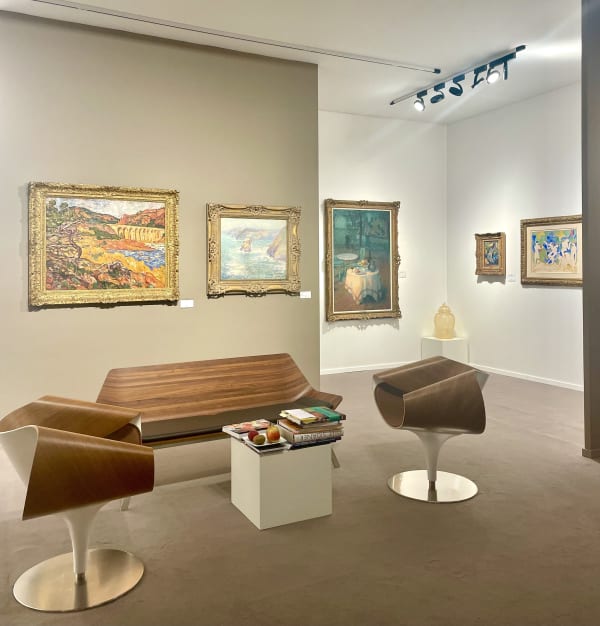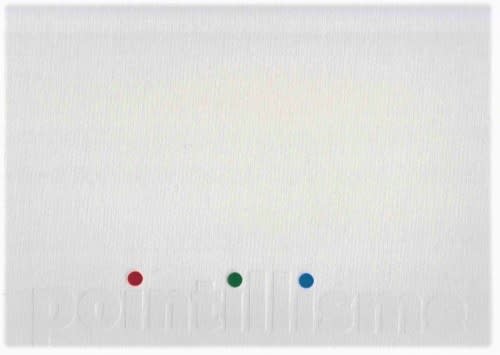Henri-Edmond Cross French, 1856-1910
Henri-Edmond Cross, was a master of Neo-Impressionism, he contributed to elaborate the divisioninst technique consiting in juxtaposing touches of pure colour to the canvas. His work on colour was a significant influence on Henri Matisse and was a turning point in the development of Fauvism.
Cross’s early works principally comprise portraits of family members and views of the Observatoire and Luxembourg gardens. He first learned to paint in the realist manner and dark technique from his teachers, Carolus Duran and François Bonvin. Discovering the South of France in 1883 while vacationing with his family in the Alpes-Maritimes, where he met Paul Seurat. The change from his early, Realist work was gradual. His color palette became lighter, working in the brighter colors of Impressionism and also worked en plein air. In the latter part of the 1880s, he painted a series of landscapes in the impressionnist style of Claude Monet and Camille Pissarro.
In 1891, Cross exhibited his first large piece using the divisionnist technique at the Salon des Indépendants: portrait of Madame Hector France, now in the Musée d'Orsay in Paris. Cross’s new style was hailed by his friends Charles Angrand, Paul Signac and Maximilien Luce as the emergence of an extraordinary sensibility and a revival of romanticism in late nineteenth-century painting.
Towards the end of his life Cross said: ‘I am coming back to the idea of chromatic harmonies, defined from scratch (so to say) and outside of Nature, as a starting point.’
Cross’s words can be seen as a foundational principle of abstractionism.




